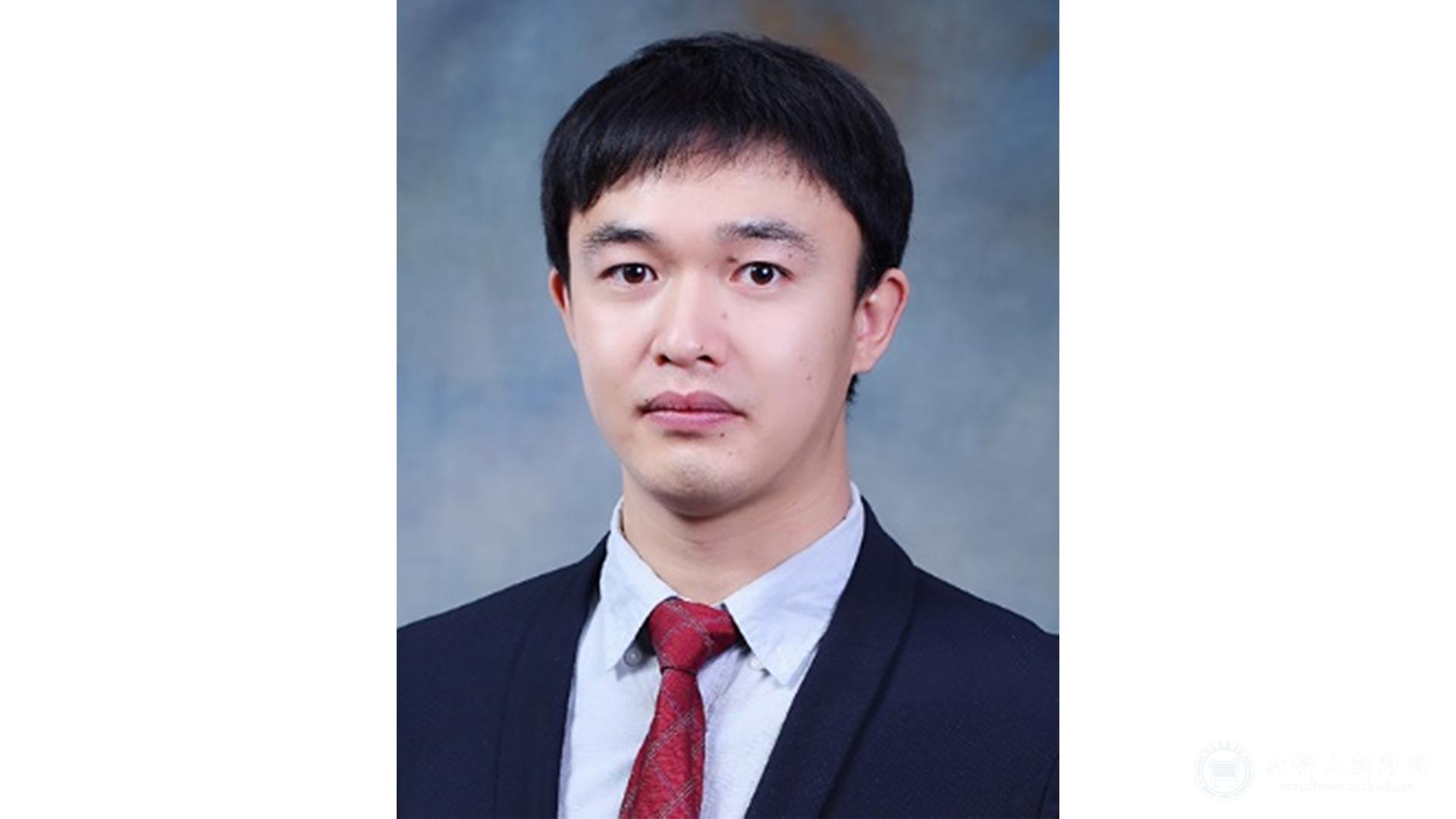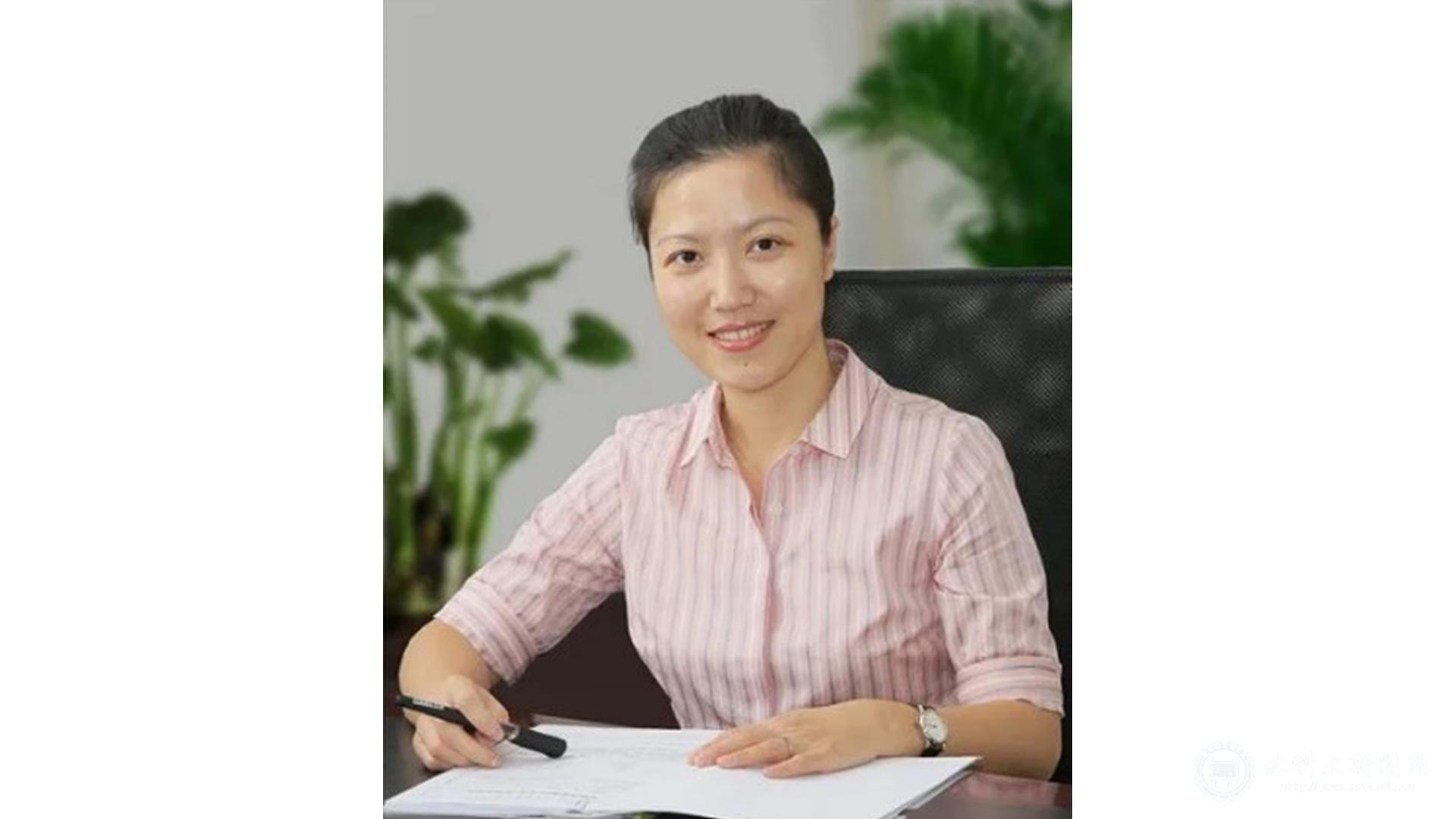News and events from USTB about research, science and technology, social science, art,
faculty and staff, students life and issues happening all around the world.
Topics
Date
Views



Associate Prof. CHU Fuqiang and Prof. FENG Yanhui, who belong to the echelon of multiscale and energy materials thermal characteristics of the School of Energy and Environmental Engineering, published an article titled“Interfacial ice sprouting during salty water droplet freezing” in Nature Communications with their overseas collaborators.

The icing mechanism of salty droplets is the common basic science problem of anti-icing of ships at sea, wind power waterproofing on the sea, and freeze desalination of seawater. Compared to freezing pure water drops, the icing features of small salty droplets remain poorly understood because of the complexity of salt ion doping and exclusion. This work investigated the mechanism of freezing nucleation and dendrite growth of saline droplets on a solid surface, and the key difference between salty droplets freezing and pure water droplets freezing was cleared. The main findings include the following. (1) Distinguishing the essential features of freezing salty droplets, its nucleation-recalescence, and freezing processes are characterized by dendrite growth; dendritic growth is accompanied and controlled by the exclusion of salt ions, and salty droplets cannot completely freeze below the eutectic point. (2) Redefining the moment of completion of freezing of salty droplets is the moment of inflection of the temperature curve of the freezing phase on the basis of internal temperature changes of salty droplets and establishing a theoretical model to anticipate the freezing time of salty droplets. (3) Discovering liquid film generation phenomenon on the tip of salty droplets. The phenomenon starts at the moment of completion of freezing, which can be seen as indicative features of the moment of completion of freezing of salty droplets. The phenomenon of liquid film generation prevents the formation of icing tips. (4) After the liquid film is generated, ice crystals start to "germinate" at the bottom of the liquid film. The ice bud gradually grows and pierces through the liquid film, forming a special salt-water icing morphology(just like a sprouting tomato). It reveals the physical nature of the phenomenon of Ice crystal germination, which originates from the condensation effect at the gas-liquid interface of liquid film and is controlled by the icing effect and the competition between the condensation effect at the solid-liquid interface. The discovery of those phenomena and the revelation of mechanisms have profound meanings in the development of deicing sea water, freeze desalination, and other technologies, even in the understanding of sea ice evolution and the phenomenon of frost.

Prof. CHU Fuqiang, an Associate Professor at the School of Energy and Environmental Engineering of USTB, was selected for the Youth Recruitment Talents and Postdoctoral Innovation Talents Support Program of Beijing. He got a bachelor’s degree from the Department of Thermal Energy and Power Engineering at USTB in 2013 and his PhD degree in the Department of Power Engineering and Engineering Thermal Physics from Tsinghua University in 2018. Prof.Chu dedicated himself to researching the mechanism and technology of icing and deicing, the dynamic behaviors of droplets and their regulation, and the technology of biomimetic functional surface and coating. Prof.Chu takes charge of scientific research projects of the Youth Foundation of the National Natural Science Foundation, the Beijing Natural Science Foundation youth project, the 14th Five-Year Plan National Key Research and Development Program of China, and the sub-project of Space Science and application project. One of his English monographs was published by Springer Press. He has published more than 40 SCI papers as the first/corresponding author in journals of Nature Communications, Advanced Materials, Advanced Functional Materials, ACS Applied Materials & Interfaces, Physical Review Applied, Applied Physics Letters, International Journal of Heat, Mass Transfer and other well-known academic journals, and has been cited more than 1,700 times on Google Scholar.

Prof. FENG Yanhui, a Professor at the School of Energy and Environmental Engineering of USTB, who is a doctoral supervisor, vice-principal, Outstanding Youth of China, the well-known teacher of Beijing,Excellent Talents of Education Ministry's in New Century, and awarded the first prize of National Science and Technology Progress Award and many other awards. Prof. FENG is a member of the Engineering Thermophysics Committee of the Chinese Society of Higher Education, the Secretary General of the Engineering Thermophysics Committee of the Chinese Society of Metals, and a member of the Beijing Thermophysical and Energy Engineering Society. She has long engaged in research on micro and nano-scale heat transfer, energy, and heat storage materials, and she presides on Youth/Key/General Projects of the National Natural Science Foundation of China Excellent, National Key Research and Development Program. Prof. FENG has published five monographs/textbooks and published more than 200 papers in journals of Physics Reports, Nature Communications, and other domestic and foreign periodicals as the first/corresponding author.
Draft: LU Chengcheng
Revision: CHENG Mingyuan
Topics
Date
Views